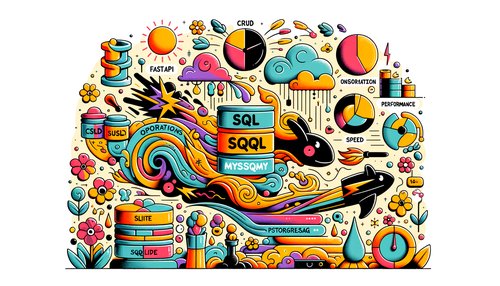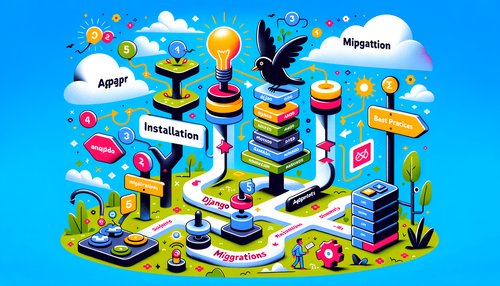Unlock the Power of Django Class-Based-Views: A Comprehensive Guide
Are you looking for an efficient way to handle web requests in your Django project? If so, then you should consider using Django's Class-Based-Views (CBVs). Class-Based-Views are a powerful and versatile way to manage web requests in Django, allowing you to easily customize your response to a particular request. In this comprehensive guide, we'll explore what Class-Based-Views are, why they're so powerful, and how to use them in your projects.
What Are Class-Based-Views?
Class-Based-Views (CBVs) are a powerful tool in Django that allows you to create web applications with minimal code. CBVs are based on the concept of object-oriented programming, and they allow you to create web applications by writing classes rather than functions. Each class can be used to handle a particular type of web request, and you can customize the response for each request.
Why Use Class-Based-Views?
Class-Based-Views are a great tool for creating web applications quickly and easily. They allow you to easily customize your response to a particular request, and you can create complex applications with minimal code. CBVs are also highly extensible, so you can easily add new features and functionality to your application.
How to Use Class-Based-Views
Using Class-Based-Views in your Django project is easy. First, you'll need to create a views.py file in your project directory. This file will contain all of your CBVs. Each CBV should be a subclass of django.views.generic.View.
Next, you'll need to create a URL mapping to your CBV. This can be done by adding a line to your project's urls.py file. This line should map the URL to the appropriate CBV.
Finally, you'll need to create the code to handle the web request. This can be done by adding a get() or post() method to your CBV. This method should contain the code to handle the request and generate a response.
Conclusion
Class-Based-Views are a powerful and versatile way to handle web requests in Django. They allow you to quickly and easily create web applications with minimal code, and they are highly extensible. If you're looking for a powerful and efficient way to handle web requests in your Django project, then you should consider using Class-Based-Views.
Recent Posts

Unlocking the Power of Terraform: Mastering Conditional Expressions for Smarter Infrastructure Automation

Unveiling the Future: Navigating the Public Interface of Apache Airflow for Streamlined Workflow Management
Apache Airflow
Mastering Workflow Automation: Unconventional Apache Airflow How-To Guides for the Modern Data Enthusiast
Apache Airflow
Mastering the Cloud: Unveiling AWS CloudFormation Best Practices for Seamless Infrastructure Management



